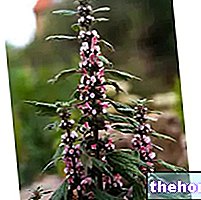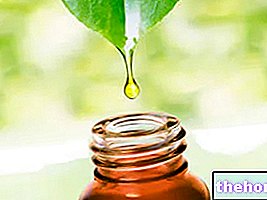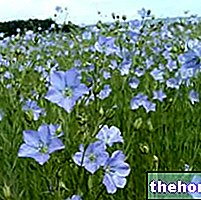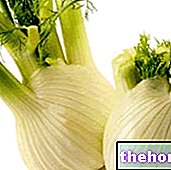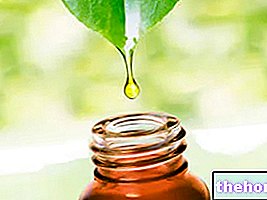Cedar of Lebanon in history
In the "Old Testament it is said that the columns of the Temple of Solomon were built with the wood of the cedar of Lebanon; the precious cedar of Lebanon - powerful and majestic - has always been a symbol of power and strength. Already at the time of the ancient Phoenicians, Lebanese cedar was used for its solid wood in the construction of safe boats and small ships.

Botanical description
The cedar of Lebanon is known in botany as Cedrus libani, member of the family of Pinaceae: it is a coniferal arboreal gymnosperm, capable of exceeding 40 meters in height. The ramifications have a tortuous bearing and easily distinguishable due to the bizarre candlestick shape, which rises towards the sky: in other words, the branches tend to form 90 ° angles as they rise upwards. The final result is a thick and rather enlarged crown.
The leaves of the cedar of Lebanon, which cover the foliage, generally do not exceed 3 centimeters in length: the leaves, acute (needle-like), persistent, leathery and painted in dark green, are grouped in bundles of 20-30, located on small sprigs.
The bark changes as the tree grows: in the part closest to the roots, it appears smooth, and then becomes wrinkled and longitudinally fissured, developing upwards.
The male flowers (better known as strobili) have a pale green color, are typically cylindrical and rather minute, while the female ones are generally larger.
The fruits of the cedar of Lebanon are pine cones which, split in half during ripening, disperse the seeds.
The plant prefers poor, sandy soils with a slightly acidic pH; in any case, the cedar of Lebanon is well suited to any type of soil.
Variety
There are two varieties of the cedar of Lebanon, worthy of mention:
- Cedar of the Himalayas (Cedrus deodora): it reaches very high heights, sometimes even exceeding 85 meters in height. Its leaves seem to be miraculous for the treatment of tuberculosis (folk medicine). Typical tree of the Himalayas, North-Western India and Pakistan, with particular falling branches.
- Atlantic cedar (Cedrus atlantica): native to the lands of North Africa, it reaches 40-45 meters in height and the wood tar is used as a substitute for cadè oil. [adapted from Reasoned dictionary of herbal medicine and phytotherapy, by A. Bruni, M. Nicoletti]
Employments
As we have seen, for millennia the cedar of Lebanon has been used for its wood, which is powerful, solid and resistant, as well as aromatic and durable.
In any case, the uses of the cedar of Lebanon do not stop only in the construction and naval sector: even phytotherapy exploits the plant for its medicinal properties. Drugs, consisting of leaves, wood and volatile oil (cedrene 50%, atlantol) , mostly expectorant and antiseptic properties are attributed. Known is the use of the glycerine macerate of the Lebanese cedar buds for the treatment of skin psoriasis, thanks to its tissue regenerating capacity.
Finally, we cannot forget the balsamic properties of Lebanese cedar, as well as the anti-catarrhal and anti-bronchial properties (bark decoction). To relieve joint pain, an ointment based on bark extract is recommended.
Summary
Cedar of Lebanon: TO FIX THE CONCEPTS
Cedar of Lebanon in history
Phoenicians → cedar wood from Lebanon for ship building
Cedar of Lebanon: emblem of the Lebanese flag
Family: Pinaceae
Description of the plant: coniferal arboreal gymnosperm, able to exceed 40 meters in height
Branches: tortuous and easily distinguishable due to the bizarre candlestick shape
Crown: dense and rather enlarged
Leaves: acute (needle-like), persistent, leathery, dark green, are grouped in bundles of 20-30, located on small twigs
Male flowers: pale green, typically cylindrical and rather minute
Female flowers: generally larger than the male ones
Fruits: pine cones
- Cedar of the Himalayas (Cedrus deodora) → treatment of tuberculosis (folk medicine)
- Atlantic cedar (Cedrus atlantica) → substitute for cadè oil
Phytotherapy → leaves, wood and volatile oil
Gemmotherapy
- Expectorants (leaves, wood and volatile oil)
- Antiseptics (leaves, wood and volatile oil)
- Tissue regenerators (for psoriasis treatment, gems)
- Antibronchial (bark decoction)
- Anticatarrali (bark decoction)
- Balsamic (bark decoction)
- Anti-arthritic (bark extract)

